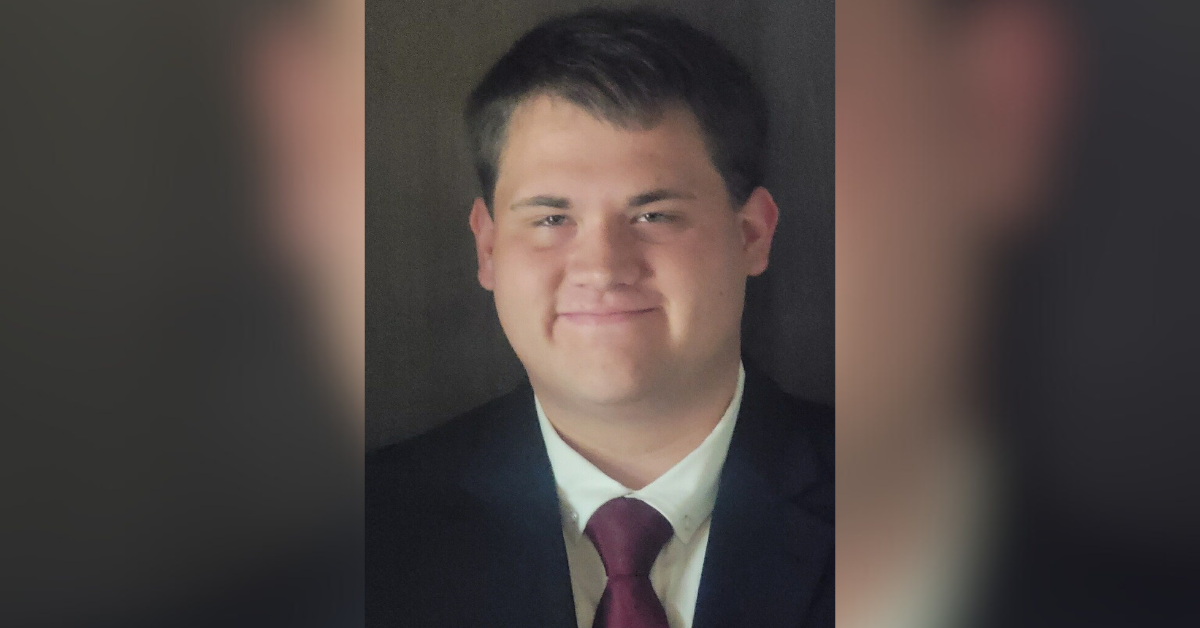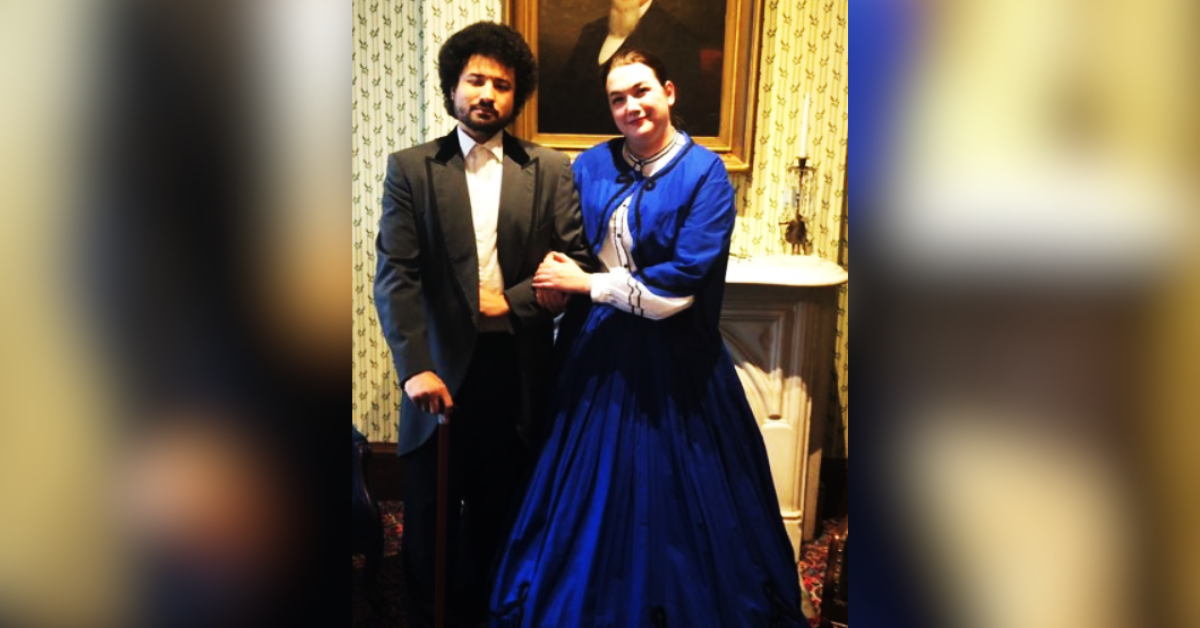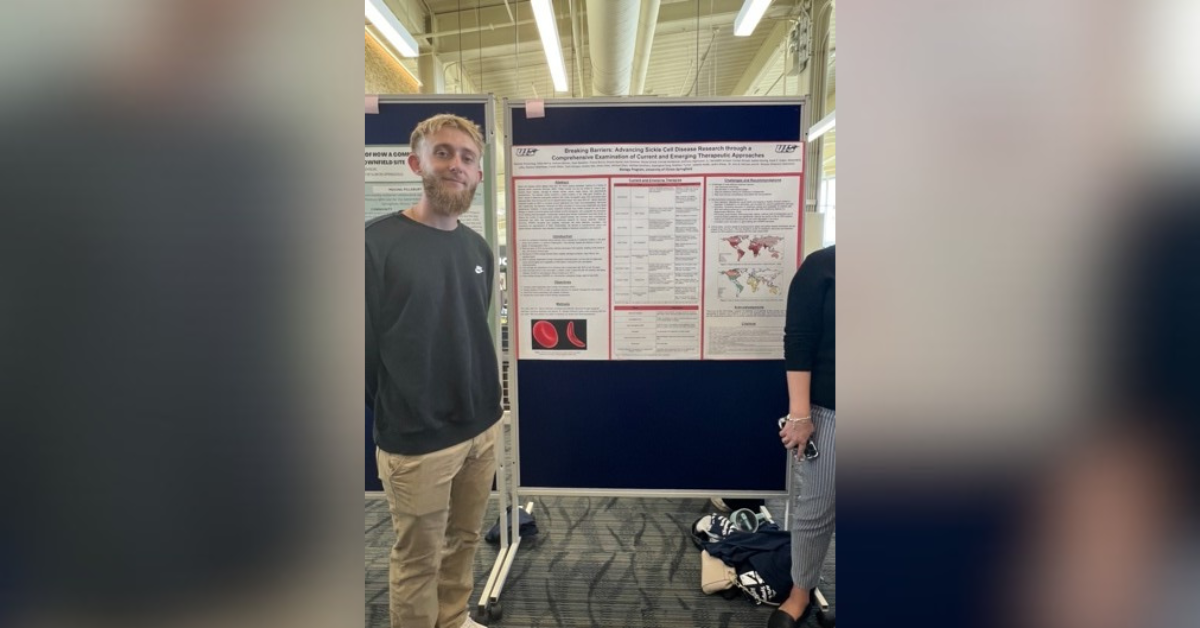The bouncing of legs, tapping of toes or shaking of feet can be seen on a daily basis. There are numerous reasons for these habits, but one of the reasons actually has a medical diagnosis: restless leg syndrome (RLS).
According to the Johns Hopkins Medicine website, RLS is described as a neurological disorder causing a person to continuously move his or her body. The need to move the legs could be brought on by pain or by an antsy feeling.
RLS can be diagnosed by examining the different symptoms a patient describes. If the patient speaks of having an uncontrollable desire to move his or her legs while sitting or lying down with symptoms worsening at night, the diagnosis will commonly be RLS.
Patients describe RLS as having a strong urge to move his or her legs. When sitting or lying down, many find this feeling to become more frequent, and when doing physical activity the feeling vanishes completely.
The urge to move will generally come from sitting for an extended period of time with little to no movement. Oftentimes, the patient is completely unaware of the movement that is taking place with his or her legs.
The urge to move the affected limbs will commonly increase at night when the patient is lying in bed. This can cause the affected person to toss and turn numerous times or simply begin to move different limbs.
A common misconception of RLS is that it only affects the legs. Generally, the legs are the affected limbs, but it can also affect the arms and trunk of the body.
The National Institute for Neurological Disorders and Stroke (NINDS) says there is no exact cause for RLS, and it can begin at any age. More often than not it is passed down in families. It has been discovered that women are twice as likely to suffer from symptoms as men are.
It is more often seen in middle-aged and older adults and more in patients with iron deficiencies, diabetes or Parkinson’s disease. However, an overconsumption of caffeine, alcohol or tobacco could trigger symptoms associated with RLS.
Ten percent of the U.S. population has been diagnosed with some form of RLS. About two to three percent of that 10 percent, 5 million adults, have a more severe case. The rest have a very mild form of RLS.
Many people who have this condition will not seek medical attention. Most attribute the different symptoms to stress, nervousness, boredom or cramping.
There is no cure for RLS. It is typically a lifelong disorder that will not completely disappear. Different lifestyle changes or therapeutic techniques can be used to decrease the symptoms.
For many, it is just an annoying habit that they must deal with. By reducing stress, lowering caffeine, alcohol or tobacco intake, and relaxing the muscles, the patient may find relief from the urge to continuously move.
According to Jill Stoops, nurse practitioner in UIS Health Services, some individuals will add a workout to his or her daily lives. The extra use of the muscles will help fatigue and could calm the symptoms.
In extreme cases where sleep is affected by RLS, medication can be prescribed to help relax the muscles and lull the patient to sleep.
NINDS is working on understanding RLS further. The organization is working on finding improved methods of diagnosis, treatment options and ways to prevent the disorder.
Many college students experience some form of RLS symptoms throughout the day.
In a survey consisting of 50 UIS students, 41 students said they find themselves tapping their legs or moving their feet during class. The reasons for the movement varied from boredom to increased sugar intake. The other 9 students claim to have no movement in their legs while sitting in class.
“When I do move my legs, it’s mainly because I’m bored,” said Emma Gwendolyn, a junior biology major. Thirty-five out of the 41 students agree with Gwendolyn’s statement.
“My leg is always shaking in class. It makes me feel comfortable. I also find my leg shaking more after a sugary breakfast,” said Chantelle Valenzuela, freshman political science major. Six out of the 41 students agree with Valenzuela’s statement.
For more information on RLS, treatment options or a diagnosis, contact your doctor.







